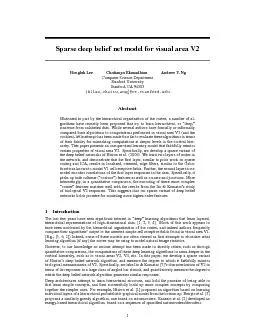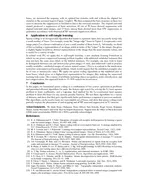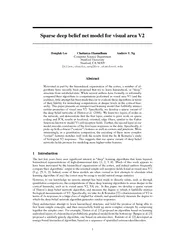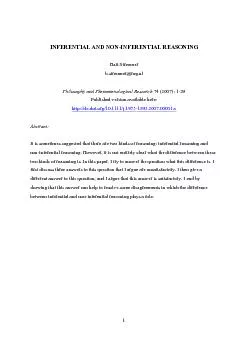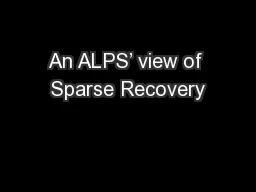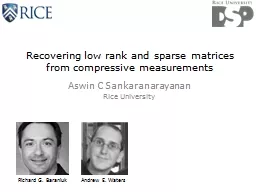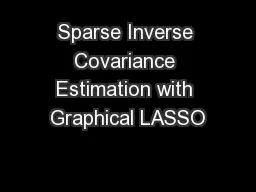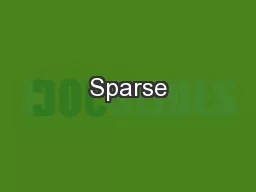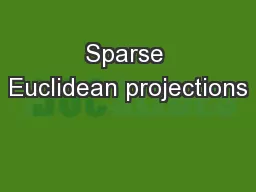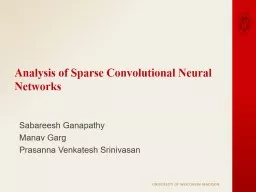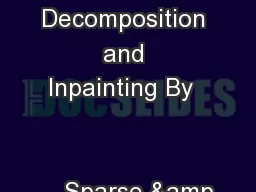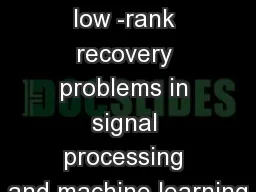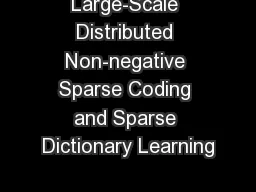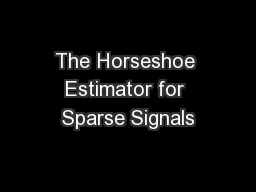PDF-Sparse deep belief net model for visual area V Honglak Lee Chaitanya Ekanadham Andrew
Author : marina-yarberry | Published Date : 2014-10-27
Ng Computer Science Department Stanford University Stanford CA 94305 hlleechaituang csstanfordedu Abstract Motivated in part by the hierarchical organization of
Presentation Embed Code
Download Presentation
Download Presentation The PPT/PDF document "Sparse deep belief net model for visual ..." is the property of its rightful owner. Permission is granted to download and print the materials on this website for personal, non-commercial use only, and to display it on your personal computer provided you do not modify the materials and that you retain all copyright notices contained in the materials. By downloading content from our website, you accept the terms of this agreement.
Sparse deep belief net model for visual area V Honglak Lee Chaitanya Ekanadham Andrew: Transcript
Download Rules Of Document
"Sparse deep belief net model for visual area V Honglak Lee Chaitanya Ekanadham Andrew"The content belongs to its owner. You may download and print it for personal use, without modification, and keep all copyright notices. By downloading, you agree to these terms.
Related Documents

